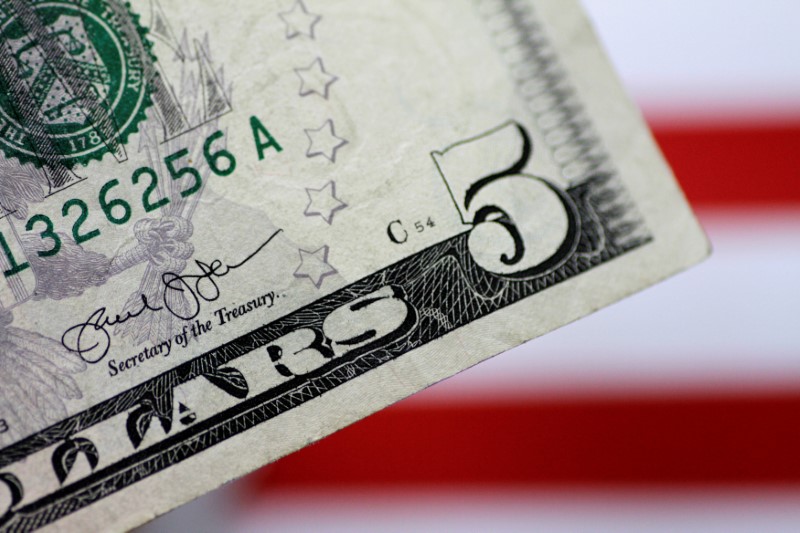
Sentiment towards regional currencies was also dented by continued warnings from Federal Reserve officials that U.S. interest rates will remain higher for longer. This also saw most Asian currencies nursing steep losses for the week.
The dollar index and dollar index futures rose slightly in Asian trade and remained close to over five-month highs hit earlier this week.
The Japanese yen’s USDJPY pair fell 0.2%, but remained near 34-year highs hit this week.
Both the yen and the dollar saw some inflows as multiple media reports showed that Israel had launched some drone strikes against Iran earlier on Friday, causing explosions in several parts of Iran, Syria, and Iraq.
While initial reports showed strikes near locations holding Iranian nuclear facilities, Iranian news agencies said there was no damage to the facilities.
Still, the move marks a potential escalation in the Iran-Israel conflict, and could herald worsening geopolitical conditions in the Middle East.
This notion fed into safe haven demand for the dollar and yen, while also weighing on most risk-driven assets.
The Australian dollar- which is seen as a major indicator of risk sentiment in Asia- weakened on Friday, with the AUDUSD pair falling 0.3% to a five-month low.
The South Korean won’s USDKRW pair rose 0.4%, while the Singapore dollar’s USDSGD pair rose 0.1%.
The Indian rupee’s USDINR pair remained close to record highs above 83.5.
A slew of hawkish comments from Fed officials also dented sentiment towards Asia.
Several Fed officials warned that sticky inflation will see the central bank keep interest rates higher for longer, with Atlanta Fed President Raphael Bostic warning that the central bank could even hike interest rates if inflation remained sticky.
Their warnings came on the heels of strong U.S. economic readings, which also give the Fed enough headroom to keep rates higher for longer.
Traders were seen largely pricing out expectations for a June interest rate cut this week.
To read the full article, Click Here
